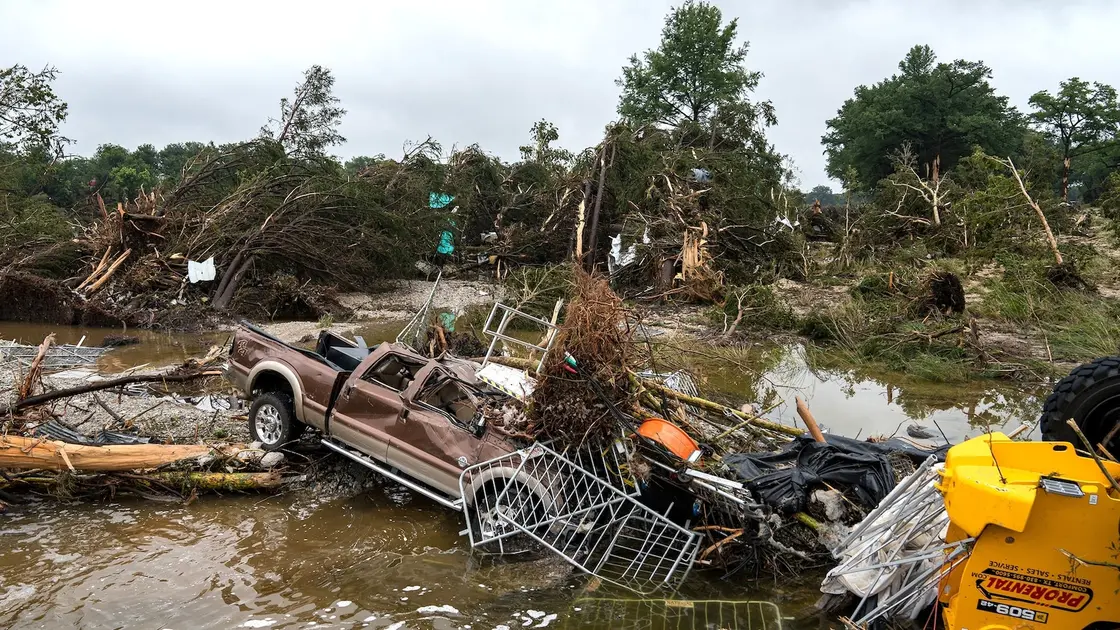T4K3.news
Fossil footprints found after floods in Texas
Rare early Cretaceous dinosaur footprints uncovered in Northwest Travis County after floods, with researchers planning 3D mapping and protected access.
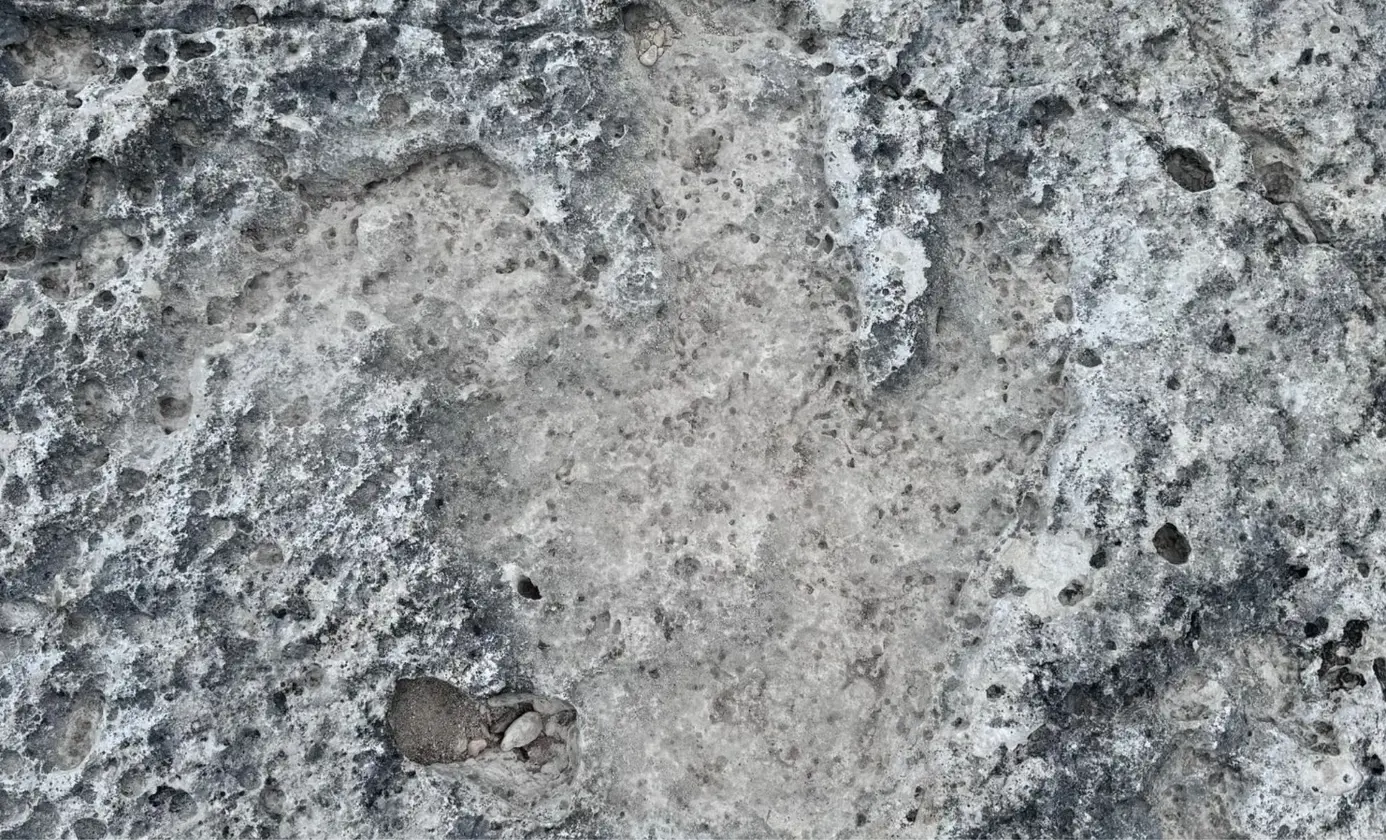
Floodwaters in Northwest Travis County revealed rare early Cretaceous dinosaur footprints, opening new questions for scientists and raising preservation concerns.
Rare 115-Million-Year-Old Dinosaur Footprints Discovered in Texas After Flooding
Following recent flooding in Northwest Travis County, Texas, volunteers uncovered rare dinosaur footprints that had been buried for millions of years. The prints are in the Big Sandy Creek area, and local officials say the site is being protected during flood cleanup to prevent disturbance while researchers document the findings. University of Texas paleontologists led by Matthew Brown confirm the footprints date to the early Cretaceous period and provide a glimpse into once-wide landscapes where large predators and herbivores roamed side by side.
Paleontologists suggest the tracks may include large carnivores similar to Acrocanthosaurus and herbivores linked to Paluxysaurus, indicating a dynamic ecosystem. Researchers plan to map the site and use 3D imaging to capture details for future study, keeping the exact location undisclosed to reduce risk of vandalism or disturbance on private land.
Key Takeaways
"The discovery was made in the Big Sandy Creek area over the weekend by a group of volunteers."
Source: Brown on how the find occurred
"We expect to return to the site in the near future to more thoroughly document the tracks with maps and 3D imaging."
Brown on next steps for documentation
"The tracks were likely made by large, meat-eating dinosaurs similar to the Acrocanthosaurus."
Brown on the type of dinosaurs represented
"This discovery underscores the dynamic relationship between geology and paleontology where natural events like floods can unexpectedly unveil long-buried evidence of the past."
Editorial note on significance
This discovery illustrates how natural events can reveal history buried in stone, turning a flood event into a scientific opportunity. It also highlights the tension between public interest in new fossils and the need to protect sensitive sites, especially when the location is on private property. The collaboration between volunteers, local authorities, and university researchers shows how community efforts can accelerate learning while underscoring the responsibility to preserve fragile records of the past. As 3D imaging and detailed mapping begin, the broader question will be how much access remains appropriate during early study.
Highlights
- Floods turn into time machines for a moment
- Volunteers unlocked a chapter of Texas prehistory
- 3D imaging will help us read the tracks for generations
- The past speaks loudest when floods expose it
Fossil site privacy and protection risk
The site sits on private property and has been kept secret to protect fossils during flood cleanup. Ongoing risks include vandalism, disturbance, and unauthorized access, which could threaten scientific value.
The past has a voice, and science is listening closely.
Enjoyed this? Let your friends know!
Related News
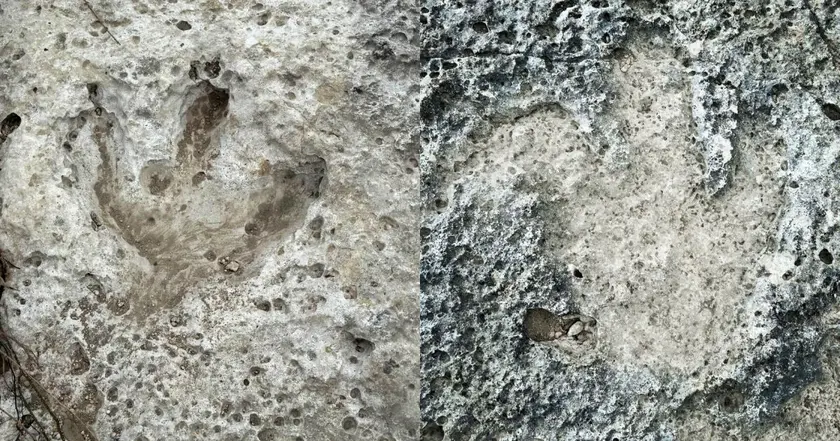
Ancient dinosaur footprints revealed in Central Texas
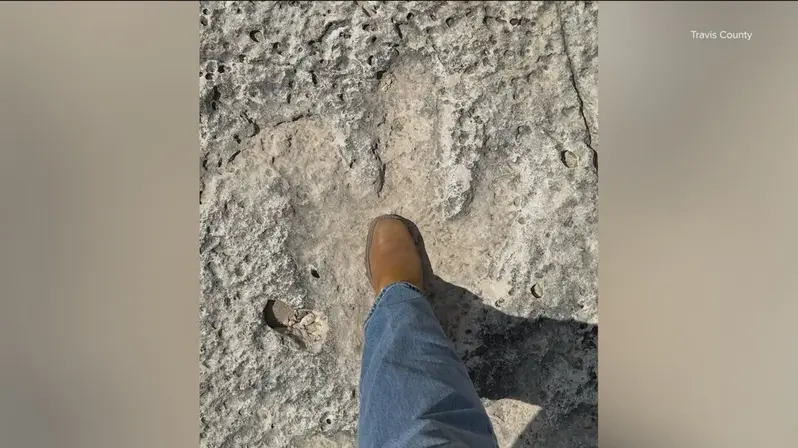
Fossil tracks found after Texas floods
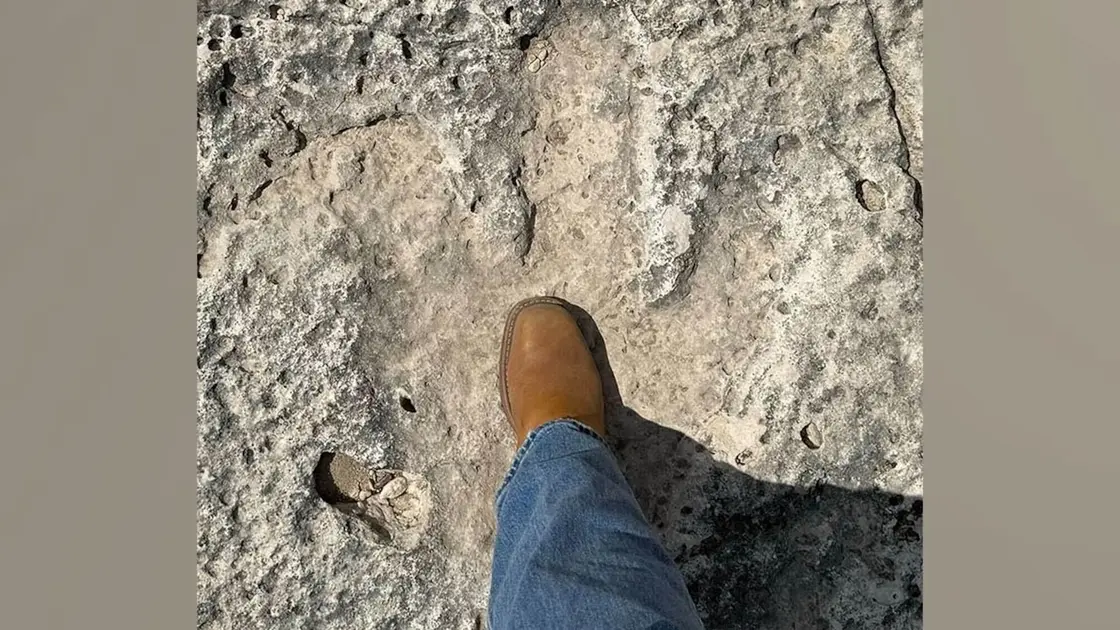
New dinosaur footprints found in Texas
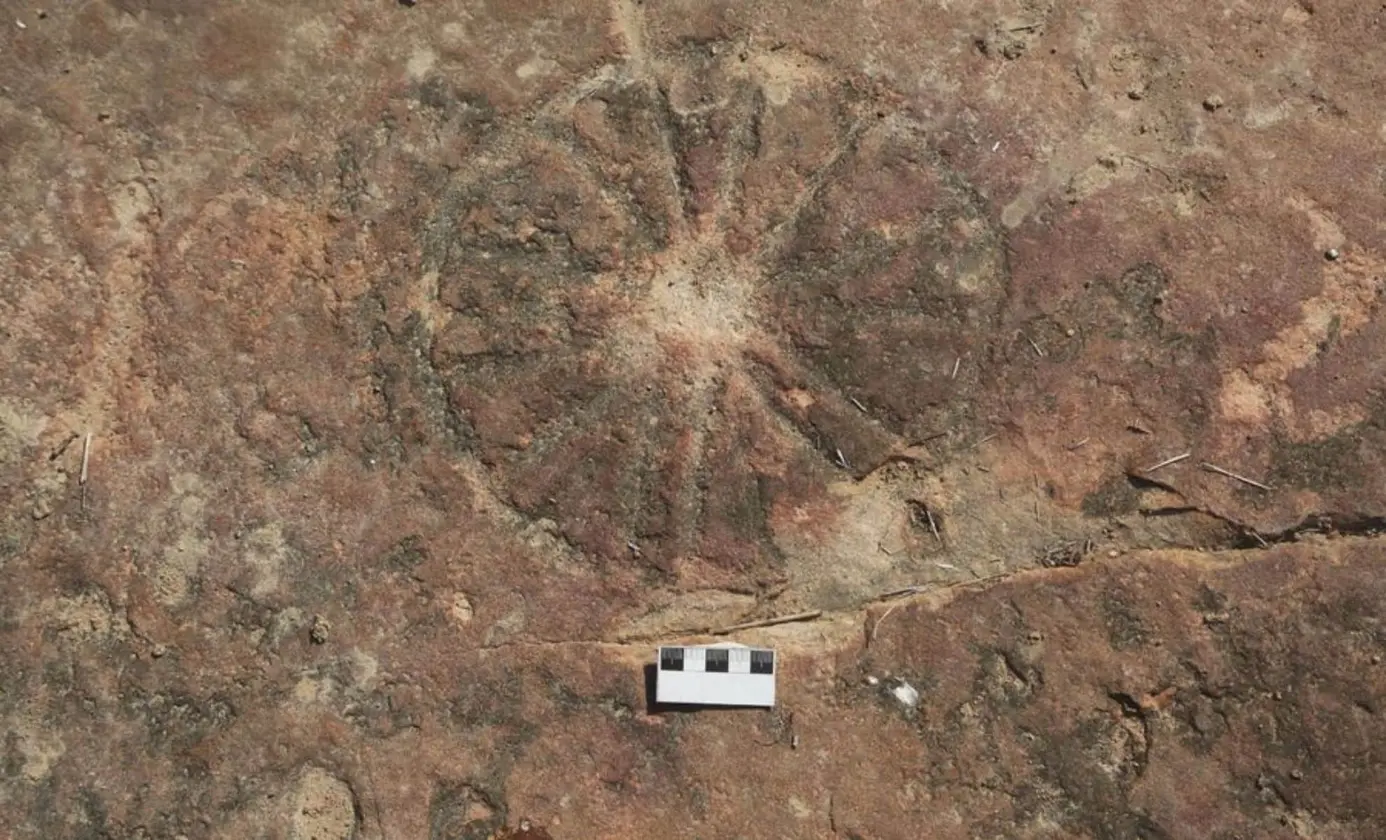
Ancient Drawings Found Near Dinosaur Footprints
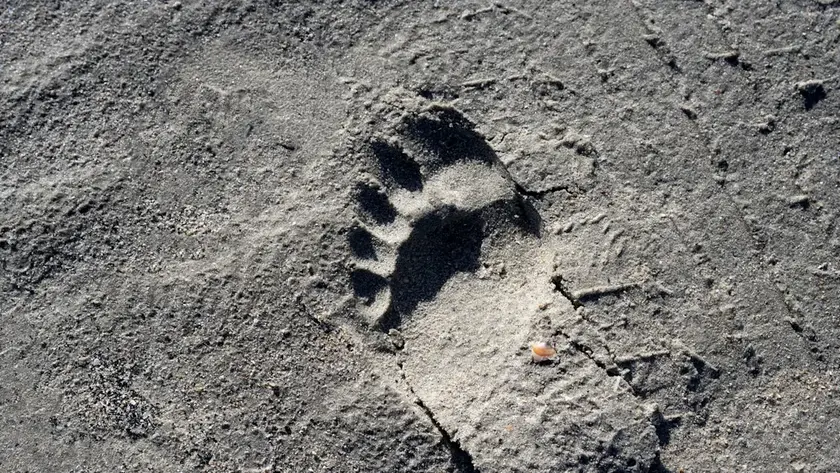
Neanderthal Footprints Discovered in Portugal

Texas lawmakers review flood response measures
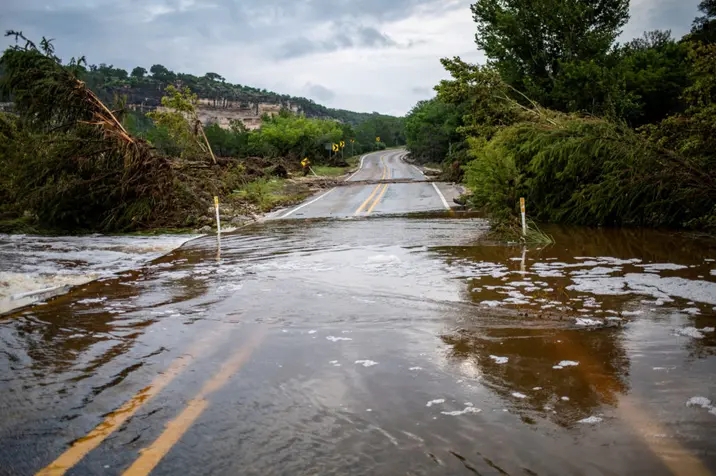
Kerr County leaders were absent during the Texas flood disaster

Trump pushes toward dictatorship after 200 days
